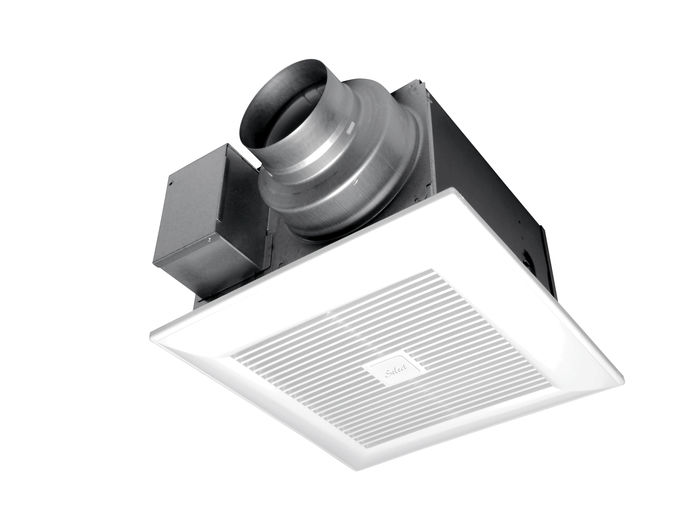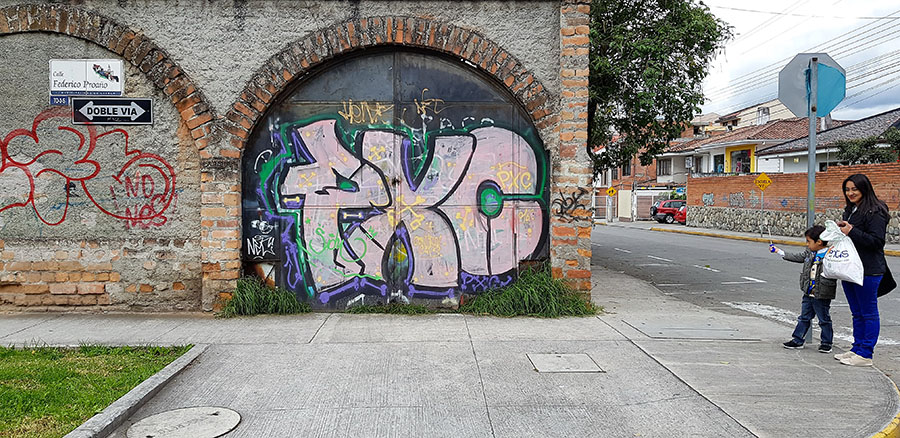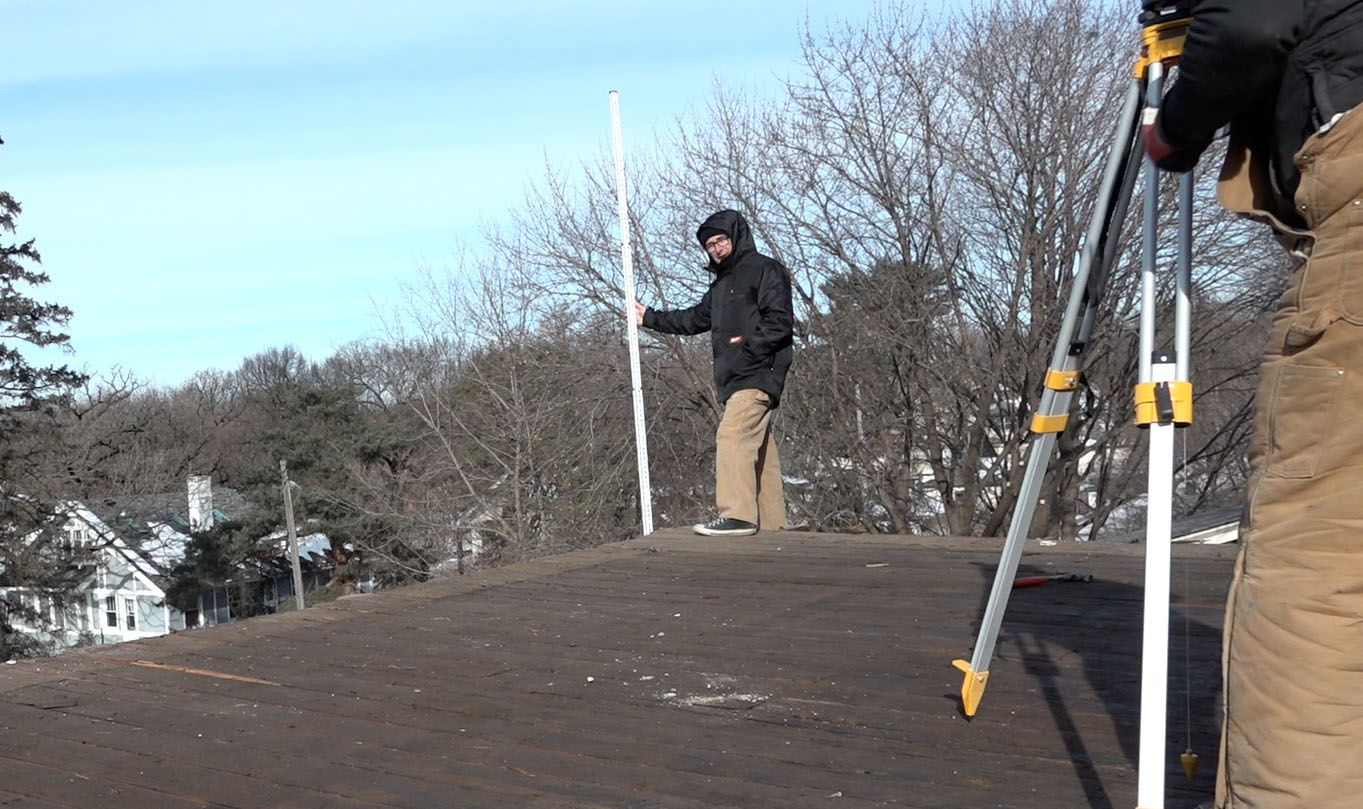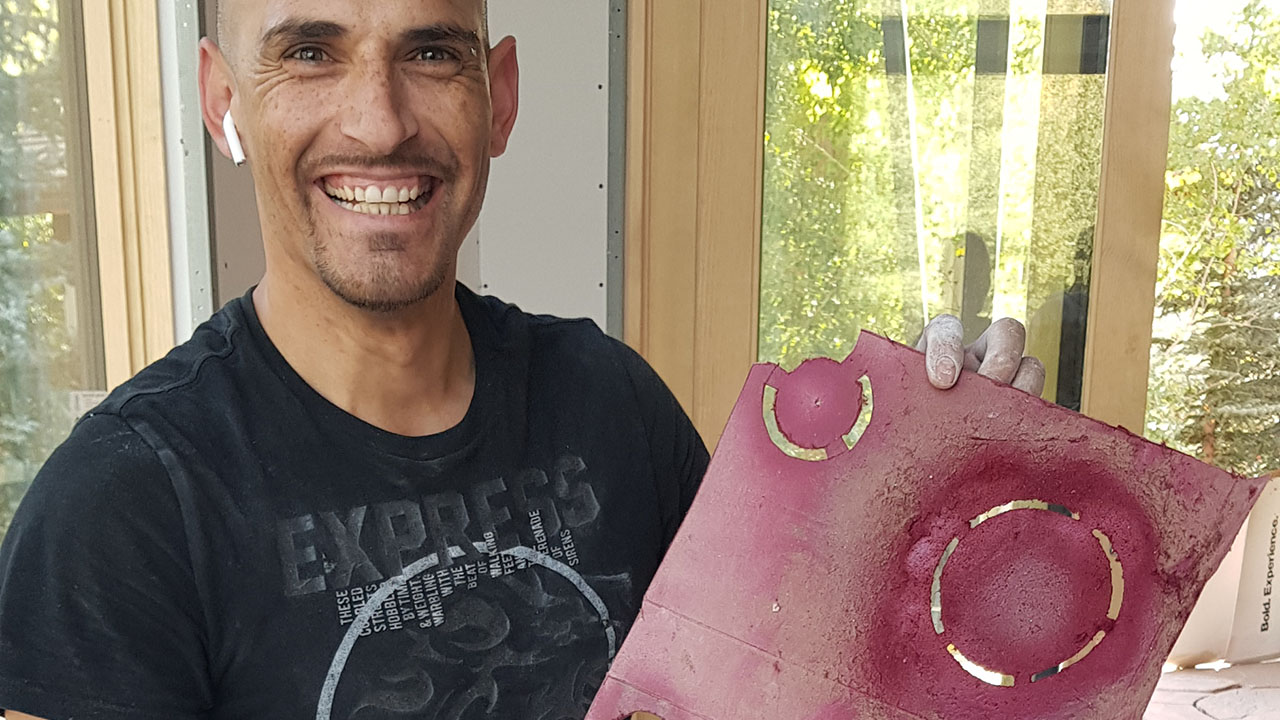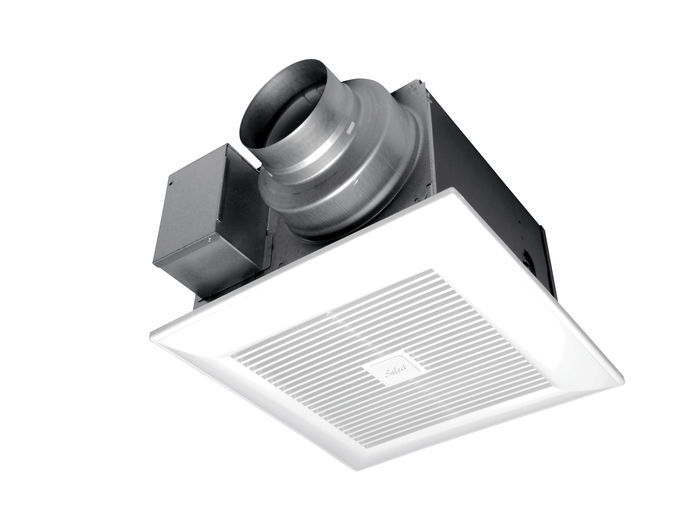 Mechanical ventilation provides a critical component in the health of the home
Mechanical ventilation provides a critical component in the health of the home
If the HVAC system is analogous to a human heart, cooling or heating the home the same way blood can cool and heat the body, then ventilation is similar to the lungs of your home.
Without air systematically supporting the body with oxygen and exhausting the carbon monoxide the human body would not function in a healthy manner.
The same is true for ventilation in the home; health is the main driver in any home ventilation plan.
A well-designed ventilation system provides many benefits
The best ventilation system can dilute or eliminate pollutant sources and filter air to remove unwanted particulates from a home. Pollutants such as smoke, dust, heat, metals, humidity, and CO2 accumulate in a poorly vented building.
Good ventilation means providing good indoor air quality. A well-designed ventilation system also saves energy, controls moisture, and improves the durability of the home.
Biological pollutants are found in all homes
Biological pollutants, to some degree, are found in all homes. These include things like mold, mildew, pollen, dust mites, pet dander, viruses, and bacteria. These biological pollutants stack up in places like bathrooms or basements, and can even hide out in wall cavities.
Accumulation of biological pollutants results in hazardous health effects for the occupants, as well as structural damage to the building. As people spend more time in their homes, the rise in the rate of asthma and respiratory illnesses has also increased.
Volatile Organic Compounds (VOCs) build up in a home over time
Volatile Organic Compounds are carbon-based compounds released from building materials, carpets, furniture, and many other household items as part of aging through a process called "outgassing". Other household items that emit "VOCs" include hair sprays, paints, lacquers, finishes, and cleaning solvents.
Often colorless and odorless, VOCs can ultimately sensitize certain people to react to them.
Homes also harbor chemical pollutants
Pesticides, metals such as lead, mercury, cadmium and arsenic, minerals, and asbestos lurk in many home products, including older paints and treated lumber. These can accumulate in a home and cause health issues.
Radon is a radioactive gas that is released from the natural decay of the mineral radium, which is usually found in small amounts in the soil. Radon is only a problem if it seeps into the home and accumulates. Prolonged exposure of high amounts of radon has been shown to contribute to lung cancer.
Smoking contaminates the air with nicotine, tars, acetaldehyde, nitrogen dioxide and carbon monoxide. These chemicals can accumulate in the home, not only affecting smokers but non-smokers as well.
How to improve indoor air quality in a home
The first line of defense against poor indoor air quality is to reduce or remove the source of pollutants. For example, paints, solvents, or other chemicals should not be stored in the home. If using an attached garage for storage, be sure there is an airtight seal between the garage and the rest of the home.
Another safeguard is to use building materials and cleaning products with a low level of toxicity.
Unfortunately, indoor pollutants are virtually impossible to eliminate completely. Because of this fact, mechanical ventilation is necessary to guarantee good indoor air quality. Mechanical ventilation is used to remove any stale, moist, polluted air and replace it with fresh outside air.
Continuous ventilation strategies bring a steady supply of fresh air indoors.
Sometimes referred to as general, central, whole-house or primary ventilation, continuous ventilation is used to remove stale air and provide fresh air on a slow, continuous basis. A well designed and airtight home can generally use low volume continuous ventilation. Leaky homes cannot.
Intermittent ventilation is a good solution in areas prone to pollutants. Sometimes referred to as spot, local or secondary ventilation, intermittent ventilation is used to capture and remove pollutants quickly at the source, in places like bathrooms or kitchens, where excessive moisture and pollutants can build up.
